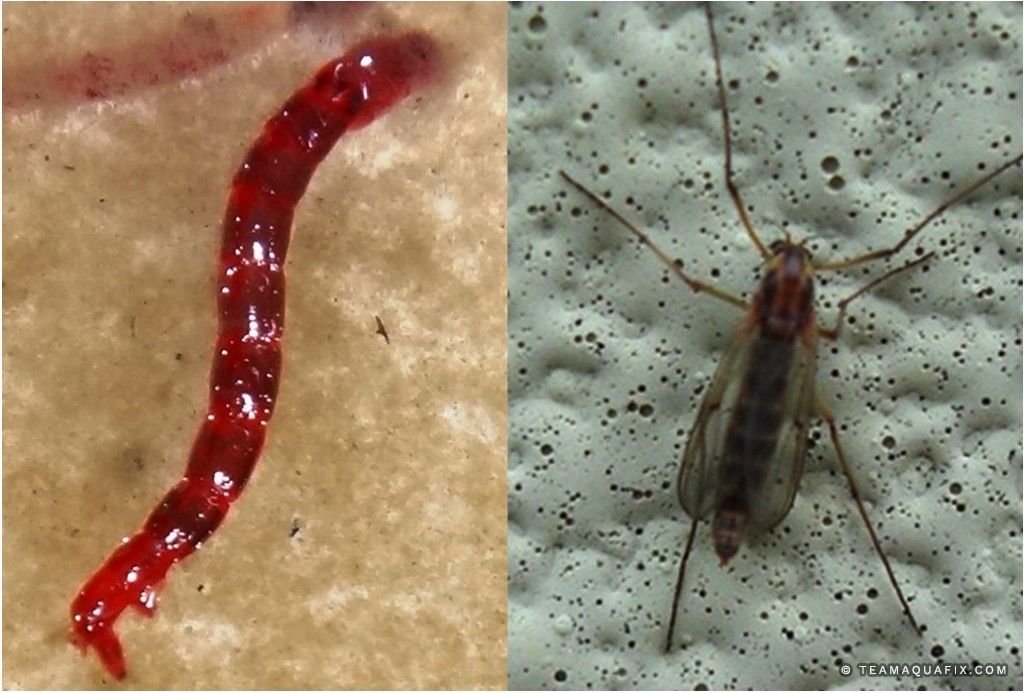Friendly red wigglers: Make gardening simple
Obtain the Most Out of Your Garden Compost With Red Wigglers
The assimilation of red wigglers into your composting system can considerably enhance the performance and effectiveness of waste management practices. These worms are not only skilled at damaging down natural products however also add to the development of high-grade compost that improves soil wellness.
Understanding Red Wigglers
Comprehending red wigglers is essential for anybody interested in vermicomposting, as these worms play an essential function in damaging down raw material. Medically called Eisenia fetida, red wigglers are distinguished by their reddish-brown shade and slender bodies, normally measuring between 3 to 4 inches in length. Unlike earthworms, which grow in soil, red wigglers prefer a damp, organic-rich atmosphere, making them perfect for composting systems.
These worms are renowned for their starved appetite, eating half their body weight in natural product daily. This ability allows them to swiftly decompose cooking area scraps, lawn waste, and various other biodegradable materials, transforming them right into nutrient-rich garden compost. Red wigglers grow in temperature levels varying from 55 ° F to 77 ° F, requiring mindful monitoring of their atmosphere to ensure ideal task.
Furthermore, red wigglers replicate quickly, increasing their population approximately every 3 to 4 weeks under perfect conditions. This fast recreation is important for maintaining an efficient composting procedure. red wigglers. Recognizing their biology and habits is vital for any person looking to harness their possibility in sustainable waste management techniques
Benefits of Vermicomposting
Vermicomposting offers countless benefits that expand beyond basic waste reduction. This innovative method leverages the all-natural decomposition capabilities of red wigglers to transform organic waste into nutrient-rich compost, boosting soil health and wellness and fertility. The resulting vermicompost is including valuable microorganisms, which can improve soil structure and increase vitamins and mineral accessibility for plants.

Additionally, vermicomposting can be exercised in various settings, making it accessible for urban occupants and those with restricted exterior space. It calls for minimal financial investment and can be quickly taken care of inside your home or outdoors, making it suitable for different way of lives.
Making use of vermicompost also promotes healthier plant growth by enhancing microbial task, improving water retention, and giving vital nutrients. Subsequently, garden enthusiasts and farmers who integrate vermicompost into their techniques typically observe increased crop yields, making vermicomposting a sustainable choice for both waste management and farming efficiency.
Establishing Your Worm Container
Developing an efficient worm container is necessary for successful vermicomposting, and with simply a few key components, any person can establish a reliable system. Start with an appropriate container; a plastic or wood bin with a cover functions well. Preferably, the container needs to be in between 10 to 18 inches deep to offer enough area for the worms to thrive.
Ensure appropriate ventilation by piercing tiny openings in the sides and cover, permitting air movement while preserving wetness. Maintain an equilibrium in between wetness and drainage; the container should be damp yet not waterlogged. A layer of bed linen, such as shredded newspaper or cardboard, offers a habitat for the worms and aids in wetness retention.
Think about the location of your worm bin (red wigglers). By adhering to these guidelines, you will create a favorable setting for red her response wigglers, laying the foundation for an effective vermicomposting venture.
Feeding Your Red Wigglers

Avoid feeding them meat, dairy products, and oily foods, as these can attract insects and develop undesirable smells. Furthermore, it is important to chop or shred bigger items to assist in quicker decay, guaranteeing your worms can access the nutrients extra successfully.
Small amounts is important; overfeeding can result in anaerobic problems, damaging the worms and slowing down the composting procedure. Screen the bin for uneaten food and change your feeding program as necessary. A general guideline is to give about half an extra pound of food per pound of worms weekly.
Finally, preserving moisture is important. Objective for a moist, however not soggy, atmosphere, as wetness help in the malfunction of food and supports worm activity. By meticulously handling their diet regimen, you can enhance the efficiency of your red wigglers in transforming natural waste right into abundant compost.
(purchase red worms)
Harvesting and Utilizing Compost
After several weeks of thorough composting, you will discover that the rich, dark compound produced by your red wigglers awaits harvest. This nutrient-dense worm spreadings, frequently referred to as vermicompost, can dramatically enhance soil health and wellness and plant development. To harvest, delicately different the completed compost from the staying bed linens and worms. One efficient technique is to utilize a source of light; red wigglers are sensitive to light and will certainly burrow deeper right into the material, allowing you to scoop out the leading layer of compost.
Once collected, the compost can be used in different applications. Mix it into yard dirt to enhance structure and fertility, or utilize it as a leading clothing for potted plants.
Remember to keep any extra compost in a cool, completely dry place to preserve its top quality. By properly collecting and utilizing the compost generated by red wigglers, you not just enhance your yard however likewise advertise sustainable gardening methods.
Conclusion
Incorporating red wigglers into composting techniques dramatically improves the effectiveness of natural waste change. Ultimately, the combination of red wigglers in composting adds to lasting gardening, lowers landfill waste, and advertises environmental stewardship through efficient source recycling.